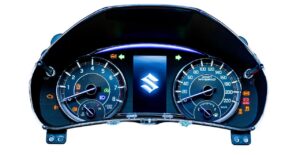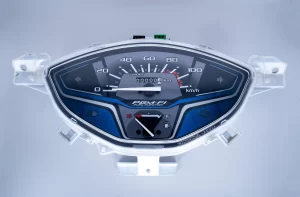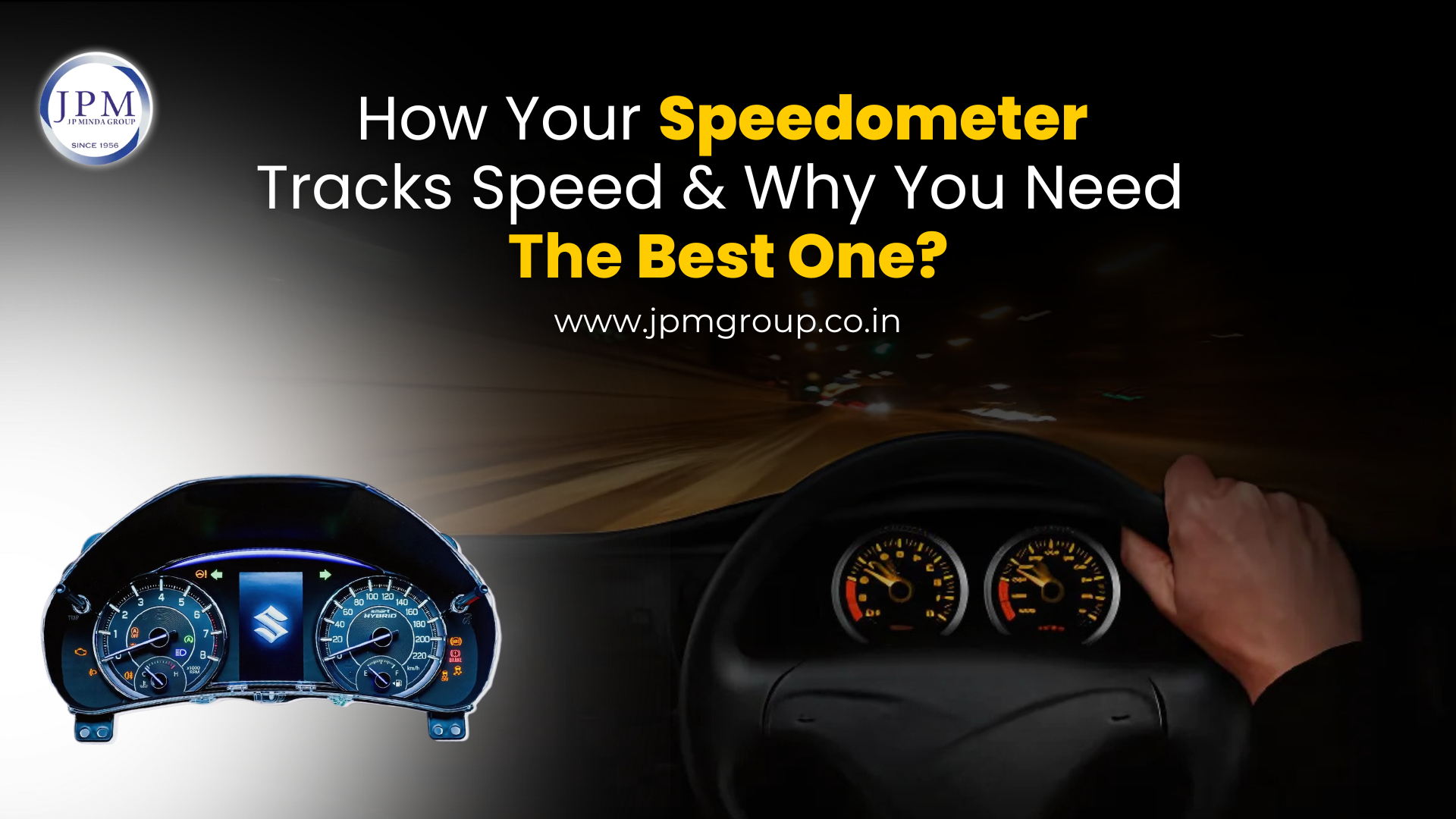Speedometer Tracks Speed and Why You Need the Best One
Ever wondered how your vehicle always knows exactly how fast you’re going? Do you remember the times when we used to go cycling? Each pedal stroke felt exciting, regardless of how fast we were going. But can you imagine driving a car without knowing your speed? It could be fun but also very dangerous.
But the question is, how can one vehicle accurately detect your speed? Yes, we are talking about the advancements in the automotive industry. Automotive vehicles are equipped with technology that automatically monitors your speed.
Do you know what this device is called? It’s a speedometer! The essential invention in the automotive industry. This seemingly simple device is a true hero when it comes to keeping drivers aware of their speed on the road. It’s not just about displaying numbers; it plays a crucial role in helping drivers understand their speed and make necessary adjustments to stay safe and comply with traffic laws. In this blog, we will explore the role of speedometers, their types, and how they function. We’ll highlight their benefits for safe driving, emphasizing how they help maintain speed control and promote responsible driving on the road!
What is the Role of Speedometers?

Do you think that a speedometer is just about numbers? Think again! This small but mighty instrument does much more than just measure speed—it’s a guardian of safety, a promoter of responsible driving, and a smart device for convenience. Maybe you haven’t realized how the speedometer ensures your safety in various ways.
- Encouraging Smarter, Safer Driving
Your speedometer is more than just a dial; it acts as your driving assistant. By providing real-time speed data, it helps you adapt to various road conditions, avoid speeding, and drive responsibly. Whether you’re cruising on the highway or navigating through a busy city, this tool ensures you stay within safe limits. - Your First Line of Safety Defense
Speedometers play a crucial role in safety. Accurate speed readings enable you to react quickly, reducing the risk of accidents and ensuring the safety of everyone on the road. A glance at your dashboard can mean the difference between a smooth ride and a hazardous situation. - Making Driving Effortless
The automotive industry is all about modern innovations, and new features like cruise control showcase that today’s speedometers are no longer just about showing numbers. They’re now key players in keeping your drive smooth and stress-free! By maintaining a steady speed, they help reduce fatigue on those long road trips, turning your journey into a more comfortable, relaxing experience. Less stress and more enjoyment!
Types of Speedometers
As the automotive world continues to innovate, speedometers have embraced the change too! Speedometers come in two exciting options: the classic analog (mechanical) and the modern digital (electronic). Each one adds its touch of style and accuracy, making every drive more fun. Whether you love the traditional feel of analog or the smooth, high-tech look of digital, there’s a speedometer that makes every trip more enjoyable and precise! Let’s talk about this in detail…
The Analog Speedometer

The traditional analog speedometer operates through a mechanical system. As the driveshaft spins, it turns a speedometer cable, which rotates a magnet inside a speed cup, generating torque that causes the speed cup to spin. A hairspring ensures the needle accurately indicates the vehicle’s speed, while an odometer uses internal gears to track mileage in real time.
Analog speedometers have several advantages, blending aesthetics with functionality. Their classic design appeals to vintage vehicle enthusiasts, and their simple, clear dials make reading easy. The needle’s movement enhances the driving experience and connects the driver to the vehicle. Additionally, fewer electronic components increase their durability and reliability, making them a favored choice for those who appreciate both style and performance.
The Digital Speedometer

Modern vehicles are enhancing the driving experience with digital speedometers that provide greater precision and convenience. Unlike traditional mechanical options, digital speedometers use sensors and microchips to deliver accurate speed readings, displaying them on a bright LED screen.
These speedometers offer quick response times and are easy to read in any lighting, allowing you to stay focused on the road. They also include features like trip meters and fuel statistics, transforming your dashboard into an efficient information hub. Overall, they combine precision and user-friendly features for an improved driving experience.
For B2B automotive manufacturers, speedometers represent more than just a convenience for end-users; they are a critical component in creating high-quality vehicles that meet safety and regulatory standards. For a company like J P Minda, which specializes in automotive manufacturing, offering reliable, innovative, and high-performance speedometers to OEMs (Original Equipment Manufacturers) and Tier 1 suppliers is crucial.
Speedometer technology plays a pivotal role in meeting compliance with government regulations, as accurate speed measurement ensures vehicles adhere to safety laws. In the B2B sector, the demand for innovative automotive components like speedometers is ever-growing. The industry continues to evolve, with manufacturers looking for new technologies to integrate into their vehicles. As a leader in the automotive manufacturing space, J P Minda’s contributions to this sector offer solutions that meet the needs of OEMs and suppliers while advancing automotive technology.
Conclusion
Speedometers are crucial tools in automotive technology, blending tradition and innovation. Analog speedometers offer timeless elegance with moving needles, while digital ones provide versatility and detailed displays. Understanding how to read both types, from needle positions to unit differences, is key to safe driving. The choice between analog and digital speedometers reflects a balance of simplicity and technology, with both contributing to safer driving. Equipped with this knowledge, drivers can navigate confidently, ensuring a smooth and secure journey for all.

